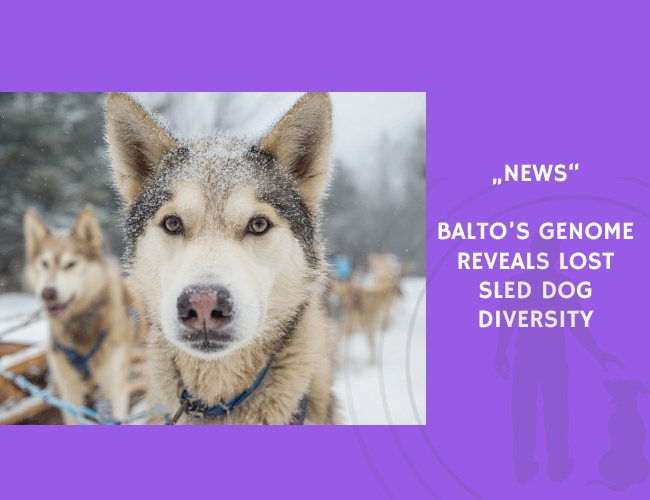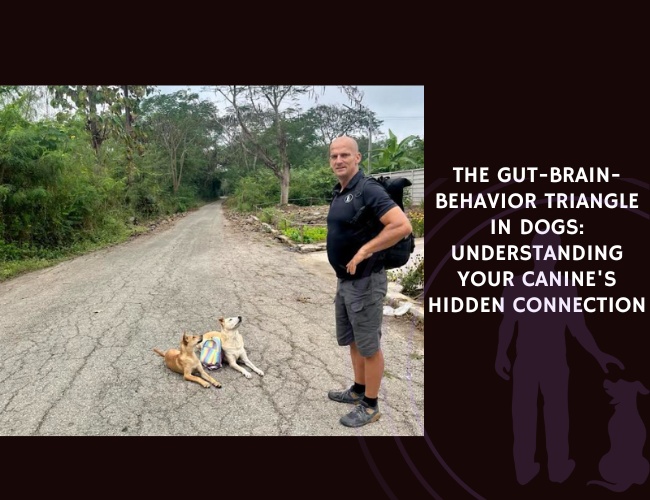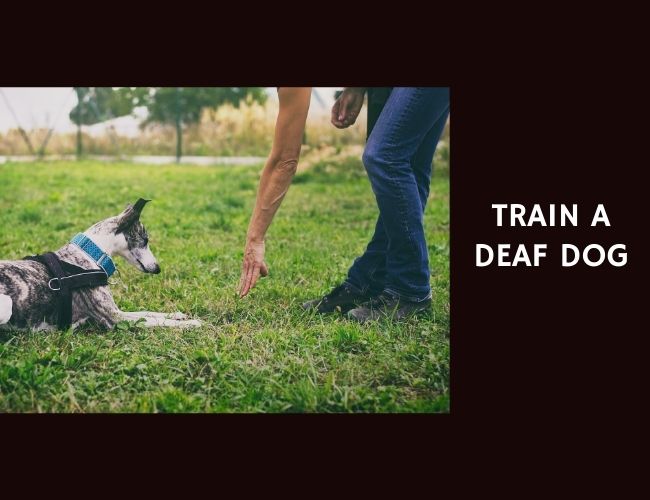Nearly a century after leading the diphtheria antitoxin relay to Nome, Alaska, Balto remains a symbol of resilience. Now, modern science has given new insight into the famed sled dog’s genetic legacy. A 2023 study published in Science sequenced Balto’s genome from his preserved remains, comparing it against over 680 modern dogs and wolves using advanced comparative genomics.
Researchers discovered that Balto and the working sled dog population of the 1920s were significantly more genetically diverse than modern breeds. They carried fewer potentially harmful mutations and had genetic traits that supported survival in extreme Arctic conditions. For instance, Balto’s genes indicated enhanced starch digestion compared with Greenland sled dogs and specialized adaptations in bone and skin development.
Balto’s ancestry overlapped only partly with modern Siberian huskies, suggesting that the sled dogs of his era were a more heterogeneous working population rather than a narrowly defined breed. His predicted phenotype included an atypical coat pattern and smaller stature compared with today’s sled dogs, features corroborated by historical photographs.
These findings highlight how intense modern breeding has reduced diversity in dogs, with Balto’s population representing a genetically healthier lineage. The study underscores how analyzing historical genomes can illuminate lost adaptations and broaden our understanding of the selective pressures that shaped the domestic dog.
Source: Moon, K. L., Huson, H., Morrill, K., Wang, M.-S., Li, X., Srikanth, K., Lindblad-Toh, K., Svenson, G. J., Karlsson, E., Shapiro, B., Andrews, G., Armstrong, J. C., Bianchi, M., Birren, B., Bredemeyer, K., Breit, A. M., Christmas, M., Clawson, H., Damas, J., … Zhang, X. (2023). Comparative genomics of Balto, a famous historic dog, captures lost diversity of 1920s sled dogs. Science, 380, eabn5887. Journal: Science. Authors: Katherine L. Moon, Heidi Huson, Kathryn Morrill, Ming-Shan Wang, Xuexi Li, K. Srikanth, Kerstin Lindblad-Toh, Gregory J. Svenson, Elinor Karlsson, Beth Shapiro, and colleagues. DOI: 10.1126/science.abn5887










